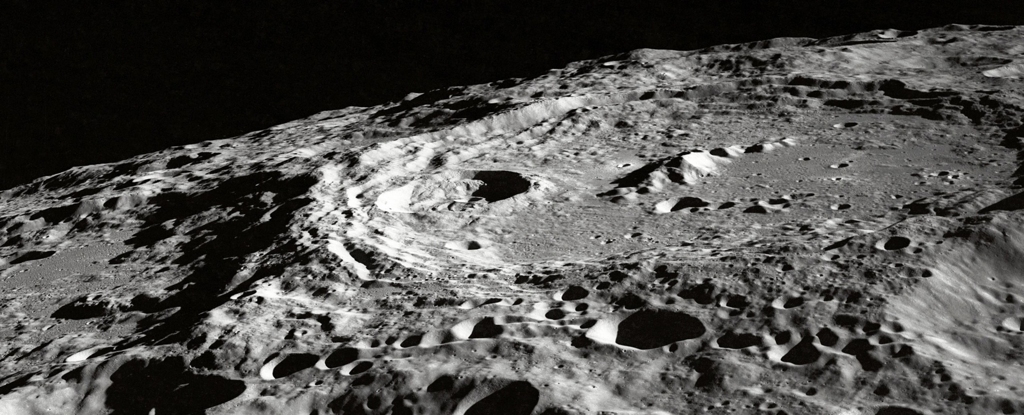More than half a century since the final Apollo mission, the United States is gearing up for another attempt to land a spacecraft on the Moon on January 25, according to the CEO of the potential first private company to achieve this feat.
The lunar lander, called Peregrine, will be unmanned and was created by the American company Astrobotic. CEO John Thornton mentioned that it will carry NASA instruments for studying the lunar environment in preparation for NASA’s Artemis manned missions.
Years ago, NASA decided to contract US companies to deliver scientific experiments and technologies to the Moon, a program known as CLPS.
These fixed-price contracts are expected to facilitate the development of a lunar economy and provide transportation services at a reduced cost.
“One of the major challenges we are facing in this endeavor is attempting a launch and lunar surface landing at a fraction of the usual cost,” stated Thornton at a press briefing at the company’s base in Pittsburgh.
“Only about half of the previous missions to the Moon’s surface have been successful,” he added.
“So it’s definitely a daunting challenge. I’m going to experience a mix of terror and thrill at every stage of this.”
The takeoff is scheduled for December 24 from Florida aboard the inaugural flight of the new rocket from the ULA industrial group, named Vulcan Centaur.
The probe will then take “a few days” to reach lunar orbit, but will have to wait until January 25 before attempting landing, ensuring that light conditions at the target location are favorable, Thornton explained.
The descent will be executed autonomously, without human intervention, but will be closely monitored from the company’s control center.
Earlier in the spring, the Japanese start-up ispace had attempted to become the first private company to land on the Moon, but the mission ended in a crash. Israel also faced a setback in 2019. Only four countries have accomplished successful Moon landings: the United States, Russia, China, and most recently, India.
In addition to Astrobotic, NASA has entered into contracts with other companies such as Firefly Aerospace, Draper, and Intuitive Machines.
The latter is set to launch aboard a SpaceX rocket in January.
“NASA leadership is aware of the risks and has acknowledged that some of these missions might not succeed,” said Chris Culbert, the CLPS program manager.
“However, even if not every landing is successful, CLPS has already had an impact on the commercial infrastructure needed to establish a lunar economy,” he added.
With its Artemis program, NASA aims to establish a base on the Moon’s surface.
© Agence France-Presse


